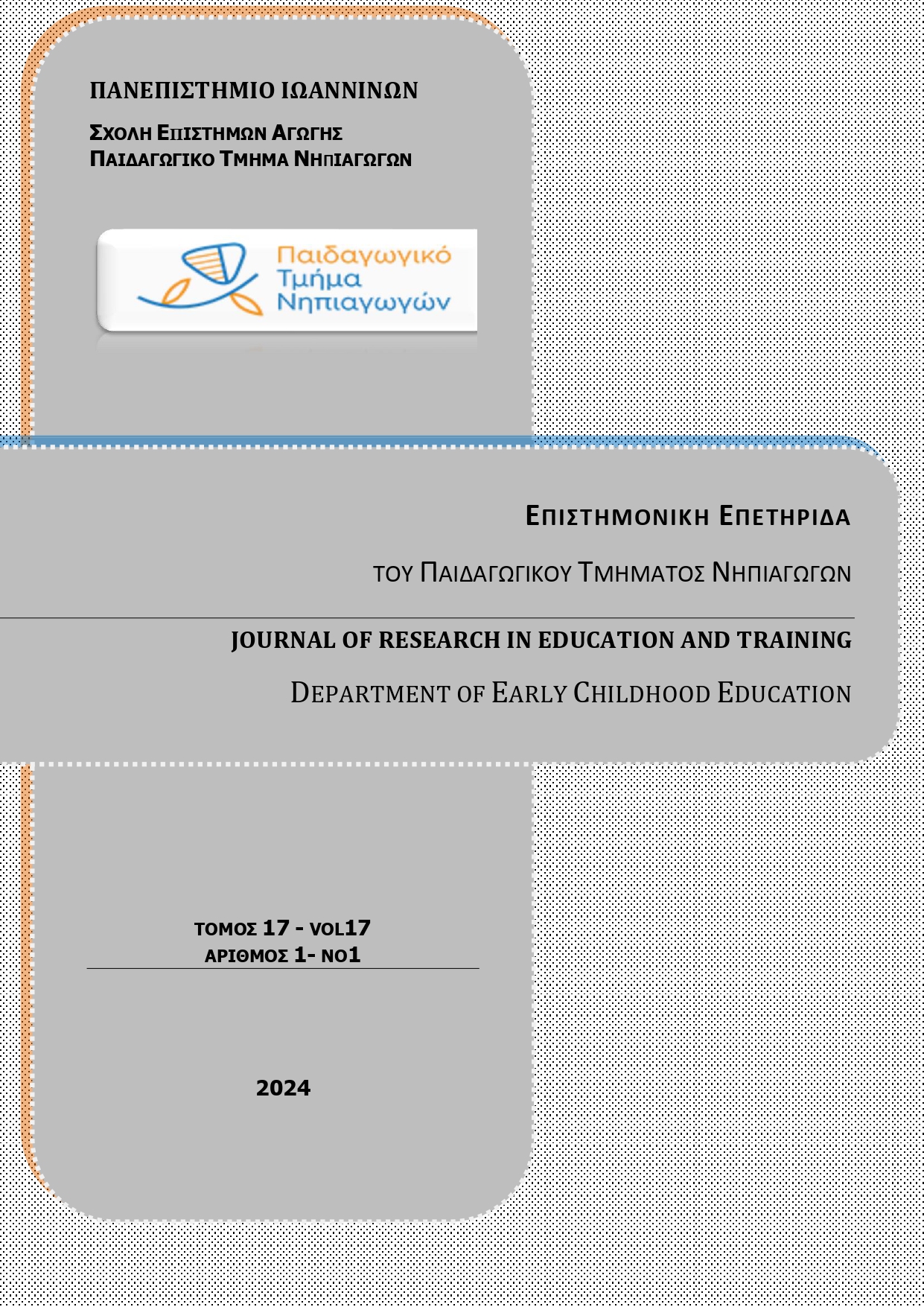Early School Leaving, Social Exclusion and Motivators for Retraining: A Study in Second Chance Schools

Abstract
The aim of this paper is to study the main factors that lead to Early School Leaving (or “Drop-out”), its consequences and the motivations and expectations that push early school leavers back to education. The phenomena investigated in the present work are Early School Leaving, Social Exclusion and Motivation for Retraining, as well as their possible linkages. More specifically, through a national study of trainees in various Second Chance Schools in Greece, we focus on the causes that forced persons to leave school, the consequences of the Early School Leaving and whether the latter are associated with the causes of the Social Exclusion and the Motivation for Retraining.
Article Details
- How to Cite
-
Μπιτσάκος Ν., Γουβιάς Δ., & Φώκιαλη Π. (2024). Early School Leaving, Social Exclusion and Motivators for Retraining: A Study in Second Chance Schools. Journal of Research in Education and Training, 17(1), 55–86. Retrieved from https://ejournals.epublishing.ekt.gr/index.php/jret/article/view/36067
- Issue
- Vol. 17 No. 1 (2024):
- Section
- Articles

This work is licensed under a Creative Commons Attribution-NonCommercial-ShareAlike 4.0 International License.
Authors who publish with this journal agree to the following terms:
- Authors retain copyright and grant the journal right of first publication with the work simultaneously licensed under a Creative Commons Attribution Non-Commercial License that allows others to share the work with an acknowledgement of the work's authorship and initial publication in this journal.
- Authors are able to enter into separate, additional contractual arrangements for the non-exclusive distribution of the journal's published version of the work (e.g. post it to an institutional repository or publish it in a book), with an acknowledgement of its initial publication in this journal.
- Authors are permitted and encouraged to post their work online (preferably in institutional repositories or on their website) prior to and during the submission process, as it can lead to productive exchanges, as well as earlier and greater citation of published work (See The Effect of Open Access).


